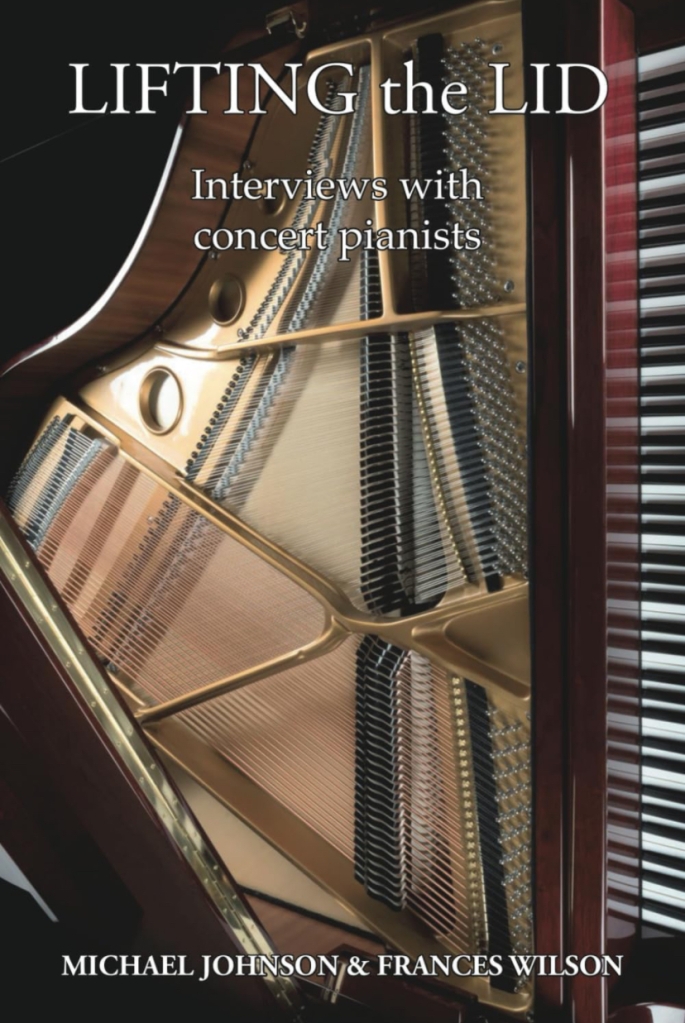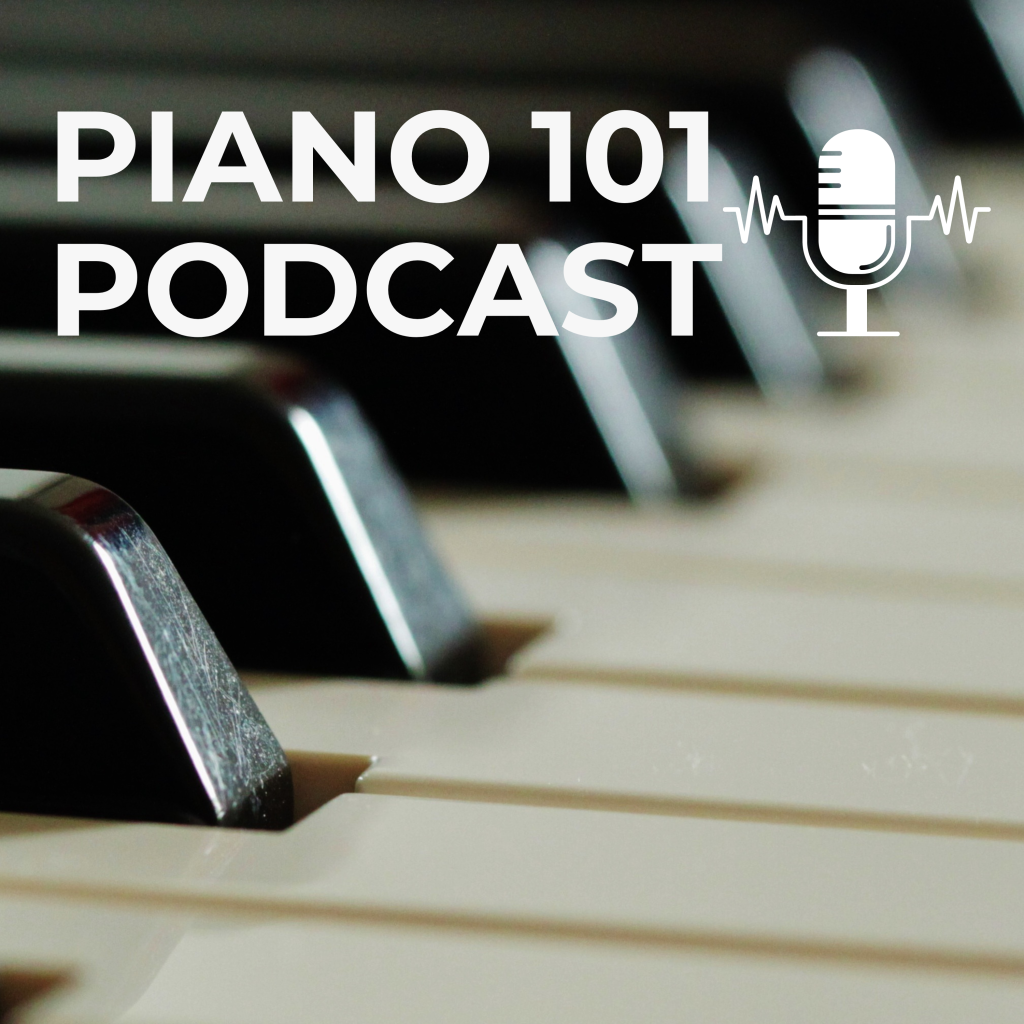 In a blog post linked to his book The Musician’s Way, author Gerald Klickstein says that “writing about music is like dancing about architecture” – that it is very difficult to express in words the essence of music, though it is possible to discuss music in theoretical or academic terms, or to describe the skills and activities involved in making music.
In a blog post linked to his book The Musician’s Way, author Gerald Klickstein says that “writing about music is like dancing about architecture” – that it is very difficult to express in words the essence of music, though it is possible to discuss music in theoretical or academic terms, or to describe the skills and activities involved in making music.
Those of us who have had any formal music training will be familiar with the vocabulary, technical terms and explanatory words used when writing about music in an academic way:
Exposition
Recapitulation
Rondo form
Caesura
Hemiola
Picardy third
Plagal cadence
Dominant seventh
Just a handful, and probably entirely familiar to all of us who studied music at least to A-level (high school) standard. These are all technical terms which tell us about the way music is constructed, and are standard terms when analysing music and describing it in an analytical way. But they don’t tell us much about the essence of the music.
When researching a book some years ago, I became fascinated by the ‘feel’ of piano music under the fingers and hands: what are the physical sensations of playing, say, the opening movement of Schubert’s last sonata or Debussy’s La Cathedrale engloutie? And what emotions are aroused in the performer as he/she plays such pieces? We should never play ‘cold’: even in practice we are – or should be – processing information all the time. How did that passage feel under the fingers? Was it awkward or comfortable? Did I like the sound I made there? What can I do to improve it? Sometimes, you know when you’ve nailed a particularly finger-twisting section when it suddenly flows with a wondrous synergy.
How do we describe that feeling to non-musicians, to the lay reader who simply wants an idea of a concert experience or performance in a review, or to the student who needs a simplified explanation of how to tackle a certain aspect of technique?
I encourage my students to think of descriptive words for the music they are studying. I was inspired to do this largely by the delightful and ever-expanding Musical Adjectives Project. Many students were quite inventive, proving that they had spent some time actually thinking about their music, and a lot of them felt the exercise had been very worthwhile. I fed the words into wordle.net to create a word cloud – you can see the results here: I now regularly use this exercise in my teaching, and also when learning music myself.
In my music reviews, I’ve learnt to be both concise and descriptive, while avoiding unnecessary analysis or off-putting technical terminology. Most readers want a sense of what it was like to be there, the excitement of a concert experience that will encourage them to book tickets to see a particular performer. As a pianist myself, I know how a professional pianist has achieved a certain effect (ultra-light staccato, pristine passage work, sonorous chords) but I don’t think the average reader wants exhaustive explanations of arm weight! However, one technical term, ‘jeu perlé’, often used in relation to semi-quaver passages in Mozart, is perfect as it is also visual: imagine a pearl necklace, each pearl bead separated by a tiny knot. Well-executed jeu perle playing has a tiny ‘silence’ or ‘knot’ between each note and thus each sound is clearly defined.
I find myself using architectural or artistic words to describe the music I’ve heard in concert: arabesques, curlicues, filigree, arching, soaring, sweeping. Or more physical terms: bouncing, jogging, stamping, limping, dancing, throbbing, breathing, sobbing, hand-filling. Or weather: showering, thunderous, misty, dripping, rumbling, splashing.
We talk about ‘colour’ in music, often in relation to dynamics, from the most delicately nuanced pianissimo to bold fortissimos – and all the subtle shadings in between. Then there is light and dark – ‘chiaroscuro’ – bright, hazy, shimmering, veiled harmonies, tenebrous chords….
Sometimes we might describe a piece of music in relation to another: a passage of Debussy played with “a Mozartian clarity” (back to jeu perlé), Bachian arabesques, Schubertian melodies, Debussyan harmonies. Or we can use the sound of other instruments: brassy, fluting, string or woodwind articulation.
So, taken all together we have a rather fine vocabulary with which to write about music. Of course words can never recreate the exact sounds of a piece, and each listener’s and concert goer’s experience is highly personal and subjective, but if a review or description of a work excites you, moves you or gives the sensation of actually being there, then the writer has done a good job.
More on the Musical Adjectives Project here
Imagery. Emotion and Imagination – blog post by 3-D Piano
***GUEST POSTS INVITED***
I’d love some more guest articles on this blog – on any aspect of pianism, piano teaching, performing or general musical musings. Please contact me if you would like to contribute.





